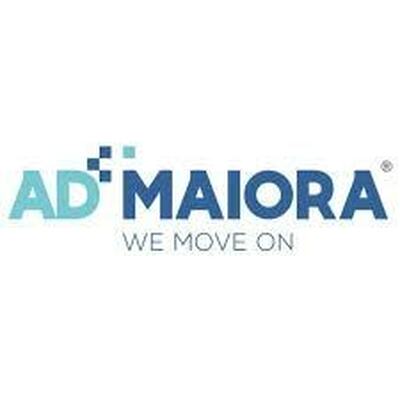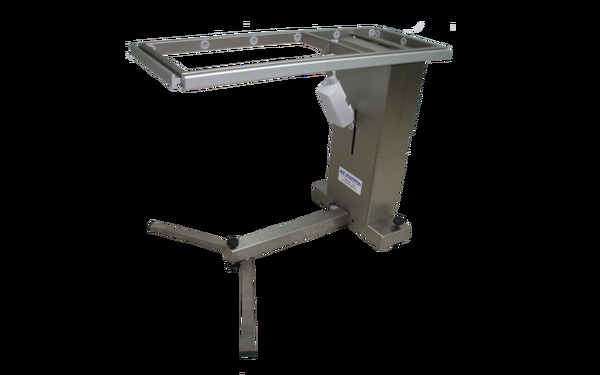Notifications
ALL BUSINESS
COMIDA
DIRECTORIES
ENTERTAINMENT
FINER THINGS
HEALTH
MARKETPLACE
MEMBER's ONLY
MONEY MATTER$
MOTIVATIONAL
NEWS & WEATHER
TECHNOLOGIA
TV NETWORKS
VIDEOS
VOTE USA 2026/2028
INVESTOR RELATIONS
DEV FOR 2025 / 2026
ALL BUSINESS
COMIDA
DIRECTORIES
ENTERTAINMENT
FINER THINGS
HEALTH
MARKETPLACE
MEMBER's ONLY
MONEY MATTER$
MOTIVATIONAL
NEWS & WEATHER
TECHNOLOGIA
TV NETWORKS
VIDEOS
VOTE USA 2026/2028
INVESTOR RELATIONS
DEV FOR 2025 / 2026
About Me
 Ad Maiora
Ad Maiora Ad Maiora srl was founded in February 2013 from the intention of the 4 founding partners to give a more entrepreneurial look to the activity of designing, developing, producing and marketing innovative products for veterinary surgery, combining different types of skills.
 Ad Maiora -
2 hours ago -
Business -
Intraoperative skeletal traction
-
38 views -
0 Comments -
0 Likes -
0 Reviews
Ad Maiora -
2 hours ago -
Business -
Intraoperative skeletal traction
-
38 views -
0 Comments -
0 Likes -
0 Reviews

Maintaining correct limb alignment during surgery is critical to achieving successful outcomes in veterinary orthopedic cases. When dealing with complex fractures or severe limb deformities, achieving precise bone positioning without excessive soft tissue trauma can be challenging. Traditional manual methods often lack the control and accuracy needed for optimal fracture reduction. Intraoperative skeletal traction systems have emerged as a transformative solution, providing stable, adjustable support that enhances surgical precision and improves patient recovery.
Among surgical traction techniques, Intraoperative Skeletal Traction stands out for its ability to maintain controlled, dynamic tension on the limb throughout the procedure. This technique allows veterinary surgeons to achieve better alignment, reduce operative time, and preserve soft tissue integrity, significantly improving surgical outcomes in complex orthopedic cases.
Gradual and adjustable repositioning of bone fragments under direct visualization is made possible through controlled intraoperative traction systems. This level of precision proves invaluable in managing comminuted fractures and angular limb deformities, allowing veterinary surgeons to restore optimal anatomical alignment while minimizing soft tissue disruption.
By applying controlled traction forces externally, skeletal traction minimizes the need for aggressive manual manipulation or extensive surgical exposure. This gentle approach preserves the periosteal blood supply, reduces soft tissue damage, and promotes faster biological healing.
During complex reconstructive surgeries, skeletal traction maintains consistent alignment and tension, creating a stable working environment. This stability facilitates the accurate application of internal fixation devices, external fixators, or orthopedic implants.
Intraoperative skeletal traction systems are adaptable for managing:
● Acute high-energy fractures
● Limb length discrepancies
● Angular and rotational deformities
● Non-unions and malunions
Their modular nature supports tailored treatment strategies depending on the patient’s size, injury pattern, and surgical goals.
Benefits include:
● More accurate fracture reduction
● Decreased surgical time and fewer intraoperative complications
● Preservation of soft tissue integrity, which lowers infection rates and enhances healing
● Greater success in limb lengthening or deformity correction procedures
Postoperative recovery protocols often benefit from the improved alignment and stability achieved during surgery, typically allowing:
● Early initiation of controlled physiotherapy (starting within 7–10 days)
● Progressive weight-bearing as per fracture and implant stability
● Restoration of normal limb function within 8–14 weeks, depending on individual case factors
Intraoperative Skeletal Traction represents a significant advancement in veterinary orthopedic surgery. Through controlled limb stabilization, minimal soft tissue disruption, and enhanced surgical efficiency, it provides a reliable, evidence-based approach to managing complex fractures and deformities. This technology empowers veterinary surgeons to achieve better clinical outcomes, supporting both faster recovery times and improved long-term function in animal patients.
